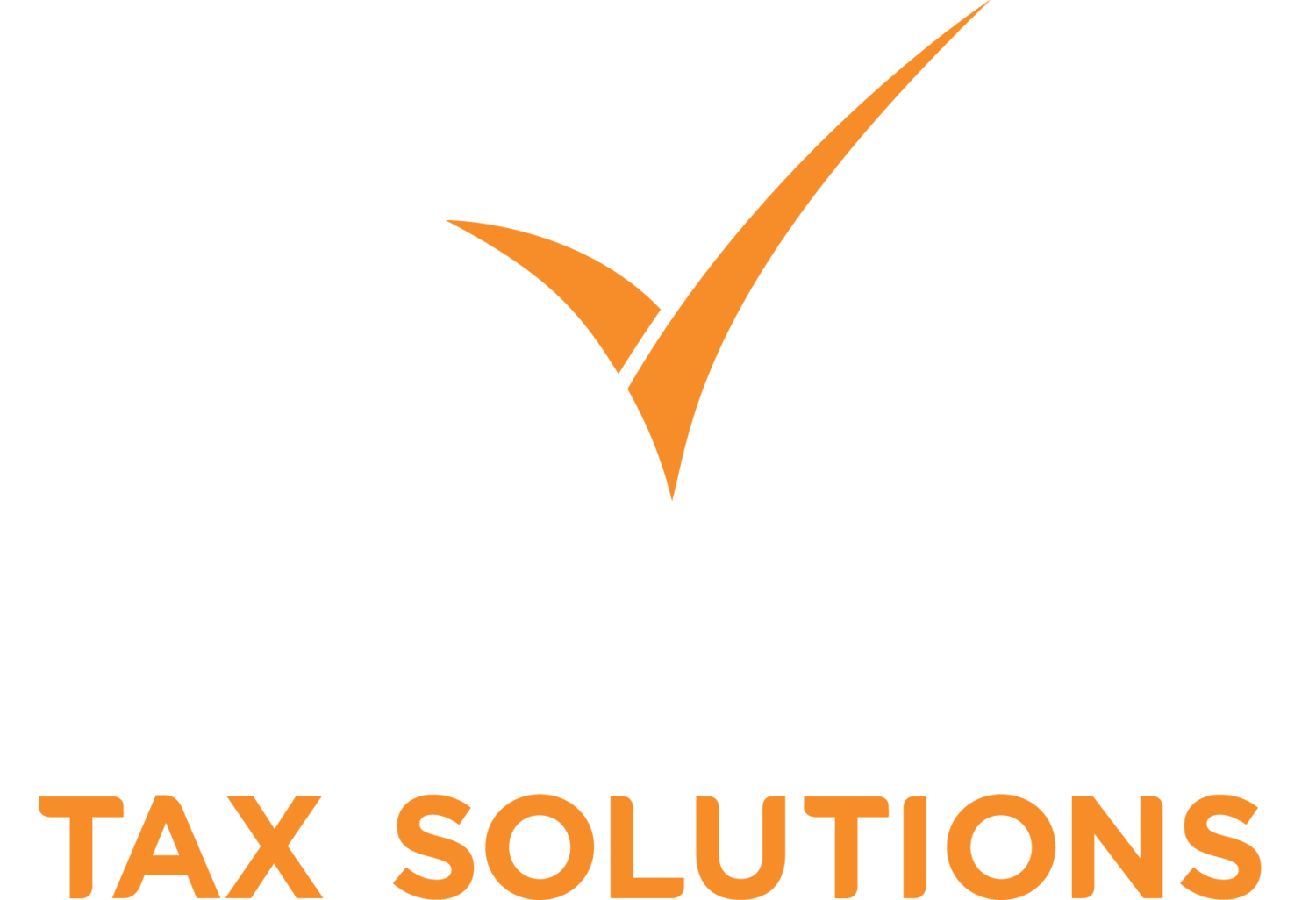by Louis Meeks on December 15, 2014 in Blog
IRS Tax Levy and Garnishment Relief
In the tax world, the terms IRS tax levy and garnishment relief can get tossed around a lot, but they mean essentially the same thing: the IRS is going use its authority to seize money owed to it by a taxpayer, typically from a bank account or the taxpayer’s wages.
When a taxpayer is levied, they typically receive a number of notices prior to the levy going into place. The language varies based on the stage of the collection process the taxpayer is in, but generally it will include amounts owed, and deadlines for responding before the IRS will proceed with the levy. These deadlines are for real, and taxpayers need to keep a close eye on them to avoid the levy.
How to avoid a levy or garnishment before it happens:
Typically, with enough notice and concerted effort by the taxpayer, levies can be avoided before they are even issued. Taxpayers are encouraged to reach out to the IRS and work out a payment arrangement to satisfy the past due taxes, or seek an alternative resolution based on a financial hardship (e.g. currently non-collectible status, an Offer in Compromise, etc.). As long as taxpayers actively respond and meet their deadlines, and ultimately resolve their issues with the IRS, levies can be avoided.
IRS Tax Levy and Garnishment Relief:
Once a levy is in place on money, it is often more difficult to get the levy or garnishment released. As a general rule, the IRS will only release a levy under one of two circumstances:
- Pay the amount owed in full
- You enter into a payment or hardship agreement with the IRS
For most taxpayers with significant tax debt, the only way to release an IRS tax levy or garnishment is to enter into a payment agreement with the IRS. “Hardship agreement” is an umbrella term, referring to either Currently Non-Collectible Status (where the IRS seeks no money on a monthly basis for a limited period of time), an Offer in Compromise (where the IRS agrees to accept less than what is owed, based on the taxpayer’s reasonable collection potential), or finally, a partial payment installment agreement (in which the IRS accepts a smaller monthly payment that will never fully satisfy the debt).
The type of agreement that is best suited for the taxpayer varies greatly depending on the taxpayer’s individual financial circumstances, and the overall amounts owed. Because there are a variety of options available to taxpayers, if you owe significant amounts of debt, it is likely in your best interest to contact a tax attorney to better explain your options.
One final note to consider: If the IRS levies a bank account, rather than wages, it can often be more difficult to recover the levied amounts. Once a bank account is levied, the bank will hold onto the proceeds for 21 days before forwarding the money to the IRS. During those 21 days, the taxpayer can attempt to resolve the issue. However, reversing bank levies often requires a pressing financial emergency or the like before the IRS will recant. With that in mind, it’s just one more reason being proactive about tax problems is almost always in your best interests.
If your wages or bank accounts have been subject to an IRS tax levy or garnishment, please contact the tax professionals at Victory Tax Solutions. Our team of experienced tax attorneys will be able to accurately assess your problem and make recommendations that better suit you, and may help avoid or release a pressing tax levy or garnishment. We can be reached at 877-772-0123.
©2014VictoryTaxSolutions.com
Publishing Rights: You may republish this article in your web site, newsletter, or ebook, on the condition that you agree to leave the article, author’s signature, and all links





